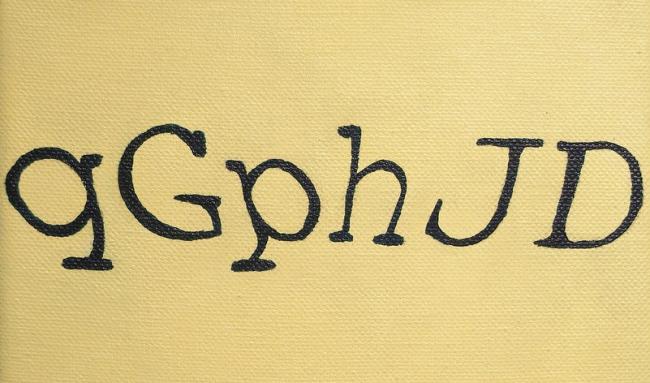
It is always annoying. You enter a website and suddenly, a CAPTCHA assaults you in doubt over whether you are human or a robot with, generally, malicious intentions. Some crossed out or distorted characters that you must decipher so that the system is sure that you do not have the slightest intention of exploiting the website’s resources beyond your possibilities. However, it is extremely tiresome because it is not easy to make out the combination of letters and numbers they show you in order to prove that you are not an intruder.
At last, after many years someone has set out to implement new methods that are not so much hassle. However, we will not be able to get away with not proving that we are made of flesh and bone and do not have any bad intentions but they thought that it would be better to do it in a more fun and entertaining way than wasting time trying to decipher completely illegible letters and numbers.
With this goal in mind, a group of researchers at the University of Alabama at Birmingham got down to work. Tired of the pesky CAPTCHAs, they decided to create a new method so that the websites that considered it necessary could check whether a human or robot was on the other side of the screen. Their plans also included finding a system that was more entertaining for users who have good intentions and setting up more barriers for those who program a bot to act like a human.

This is how what they called ‘dynamic cognitive game’ or DCG came about. The team, consisting of Manar Mohamed, Song Gao, Chengcui Zhang and led by Nitesh Saxena, have published a new way of checking whether someone is trying to enter a website to abuse the services it offers.
The new system challenges the user with a simple and good-natured game. A puzzle that, unlike CAPTCHA, will not try your patience getting it wrong time after time for not being able to clearly see the letters and numbers shown on screen. Now all you will have to do is select the object that is not a boat, for example. Or even easier, a straight-forward drag and drop task that involves dragging geometric figures to the space with the same shape.
As you can see, they are extremely easy actions for any Internet user but impede the action of bots programed to complete many CAPTCHA in the blink of any eye. Because while humans will just have to identify the object and drag it and can solve it first go, the programs used by spammers will need several attempts. So by trying so many times and getting it wrong, the mechanism will detect strange behavior and classify it as an intruder.
What’s more, this new method created by researchers at the University of Alabama at Birmingham, is also proposed as an alternative for dissuading those with malicious intentions who have moved from programs to new ways of exploiting website resources.
As crazy as it may seem, through extortion or money –usually a very small amount- there are people who work non-stop for someone who needs them to complete the forms on websites. These cognitive games will make it more difficult for them because this system is not as mechanical as the one used by the tiresome CAPTCHAs.
It’s not the first and it won’t be the last alternative
There have been many who, fed up with tedious verification processes of entering letters and numbers, have suggested alternatives to the system devised by Guatmalan Luis Von Ahn in 2000. A math puzzle, a task puzzle or even solving an audio message in which someone says something in a distorted voice.
However, it is going to be very difficult to completely do away with CAPTCHA. Not because the new systems are more or less reliable but because thanks to these and without having the slightest idea, we are working for Google. Without a contract or payment of any kind, whenever we complete a CAPTCHA or reCAPTCHA to prove that we are a human who wants to open a Gmail account, we are contributing to this company’s goal of digitalizing all of the books in the world. Did you know that?
The post Fed up with CAPTCHA? How to avoid it? appeared first on MediaCenter Panda Security.